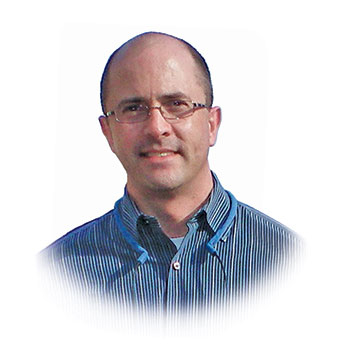French journalist and novelist Jean-Baptiste Alphonse Karr noted in 1849, “The more things change, the more they stay the same.” It sounds better in French, so here goes: “Plus ça change, plus c’est la même chose.” I was reminded of this while reviewing the results of our recent reader survey, which garnered the strongest rate of participation in years.
Here’s a great example of Karr’s witticism at work: In a business world inundated with electronic information delivery, 65 percent of respondents prefer the print magazine; 25 percent use the digital version. Granted, that 65 percent was 80-something percent a few years ago. The point is most prefer turning pages to scrolling for our content.
Another: Of all the US regions and global location options, the Southeast US remains the top destination for likely facility expansions or relocations, followed by the Midwest and Western US. That stands to reason — the Southeast for years has registered the most states with top business climates in our rankings and those of other sources of business intelligence. Nearly half the respondents plan expansions or new projects in the next three years.
Turning to our content, industry location trend articles (where medical device manufacturers are gravitating, for example) and project case studies are the most valuable to most of our readers. If anything, they want more of this, particularly those with high-level corporate executive input. Our rankings, including those of state business climates, top metros and micropolitans — and certainly our signature Governors Cups — remain much-anticipated content year after year.
Did the survey reveal anything new, then, or just more of the same? Most of what’s new in this year’s reader input can be found in responses to a question asking what they want to see more of in our pages. To summarize — even more in-depth analysis of capital investment projects and incentives, and less input from the communities seeking to attract those projects. When we do cover locations, one respondent indicated, how about through the microscope of “discovery, analysis, accumulation, execution and disclosure of community economic development models?” I agree.
Two more points were made that I mention here as a preview of future content, because the ideas were that good: (1) how political risk on a state, regional or national level is affecting site decisions, and (2) the significance of location itself, which some survey respondents intimated is diminishing.
I’ll close this with a note of congratulations to our graphic design team, which in recent months has won awards from several publication organizations and associations for their work in making our content more visually engaging and informative. Our infographics are better every issue. The reader survey input we are still gleaning internally will ensure that, going forward, every issue in its entirety will be better than the last one. To those who participated in this exercise, “Merci beaucoup!”
Till next time,

Mark Arend
Editor in Chief

